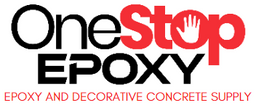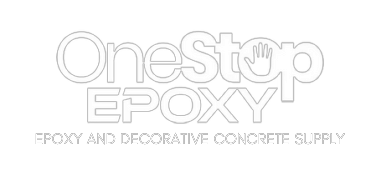When installing an epoxy floor, the thickness of each coat is a pivotal factor that influences the floor's durability, performance, and longevity. This comprehensive guide delves into the intricacies of epoxy coat thickness and offering valuable insights for both residential and commercial applications.
Understanding 'Mils' The Key to Epoxy Thickness
'Mils' refer to the thickness of epoxy coatings, with one mil equating to one thousandth of an inch. This measurement, although small, is critical in determining the resilience and lifespan of an epoxy floor. Achieving the correct mil thickness is as vital as the surface preparation.
Epoxy Thickness in Different Settings
Different environments call for varying thickness levels. In residential settings like garages, patios, and pool decks, a base coat thickness of approximately 16 - 20 mils is ideal. This range offers durability without being impractical or costly.
For commercial settings, which face higher foot traffic, heavy machinery, or chemical exposure, a thicker coat of 40-50 mils is recommended to ensure enhanced resilience.
Tailoring Thickness To Specific Epoxy Systems
Epoxy applications vary; a grind and seal application differs from the base coat of an epoxy flake floor, which is distinctly differnt from a metallic epoxy floor's body coat. Therefore, it's crucial to understand that there is no "one size fits all" approach to epoxy thickness.
A Typical Epoxy Flooring System Involves Multiple Layers
The Art Of Precise Application And Measurement
For coating contractors, applying the correct mil thickness is essential for cost efficiency and material management. Using variously sized squeegees, and rollers designed for specific thickness levels, helps achieve this precision.
Contractors also utilize specialized gauges to measure the wet epoxy film, ensuring each layer aligns with the desired thickness for peak performance and longevity.
Consultation And Adaptation
Always refer to the manufacturer's data sheets for the specific products being used, as they provide detailed recommendations on coat thickness for different applications. Remember, these guidelines are a starting point; variables in your specific project may necessitate adjustments.
How To Calculate Mils For Your Epoxy Floor
I have included a mils / square foot / per gallon chart below for your reference. Understanding the concept of a mil, defined as one-thousandth of an inch, is crucial for applying epoxy coatings correctly. It's not just about the material quantity; it's about applying it with the right thickness for optimal performance.
Calculating Coverage In Mils
When discussing mil thickness, we're essentially considering how many square feet can be covered by a coating at a specific thickness. Here's an interesting fact: 1 US gallon of any liquid covers 1,604 square feet at 1 mil thick. This knowledge allows us to use simple formulas to calculate mil thickness and coverage area.
To determine square footage coverage: Divide 1,604 by the mil thickness recommended. For example, if a coating needs to be applied at 20 mils, dividing 1,604 by 20 gives us a coverage rate of approximately 80 square feet per gallon.
To find out mil thickness: Divide 1,604 by the recommended square footage coverage.
Simplifying the Calculation: The 4 by 400 Rule
While the numbers might seem overwhelming, there's a handy guideline: the "4 by 400" rule. This means at 4 mils thick, the coverage is roughly 400 square feet per gallon. You can adjust this formula by doubling the mils and halving the square footage – for instance, 8 mils would cover about 200 square feet, and 16 mils would cover around 100 square feet. It's an approximate guide but useful for quick calculations on the job.
Reference Chart: Mil Thickness and Coverage
For a more precise reference, here’s a chart displaying various coating mil thicknesses and their corresponding square footage coverage per gallon:
|
Coating Mil Thickness Coverage 1 2 4 6 8 10 12 15 16 20 30 40 50 100 |
(Sq. Feet Per Gallon) 1604 802 401 267.33 200.5 160.4 133.66 106.93 100.2 80.2 53.46 40.1 32.08 16.04 |
This chart offers a clear view of how mil thickness translates into practical coverage, helping you plan and execute your epoxy coating projects with greater accuracy and efficiency.


